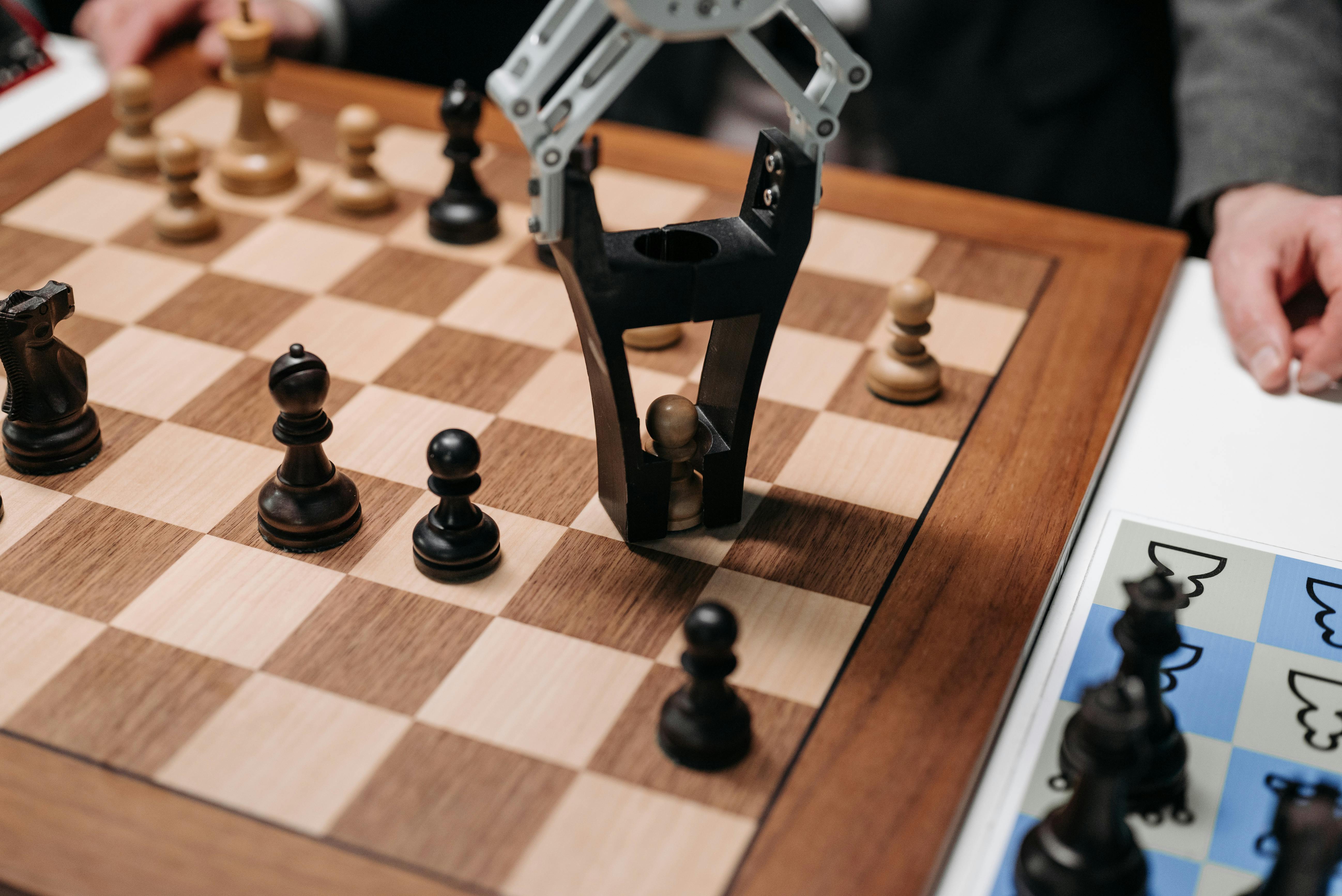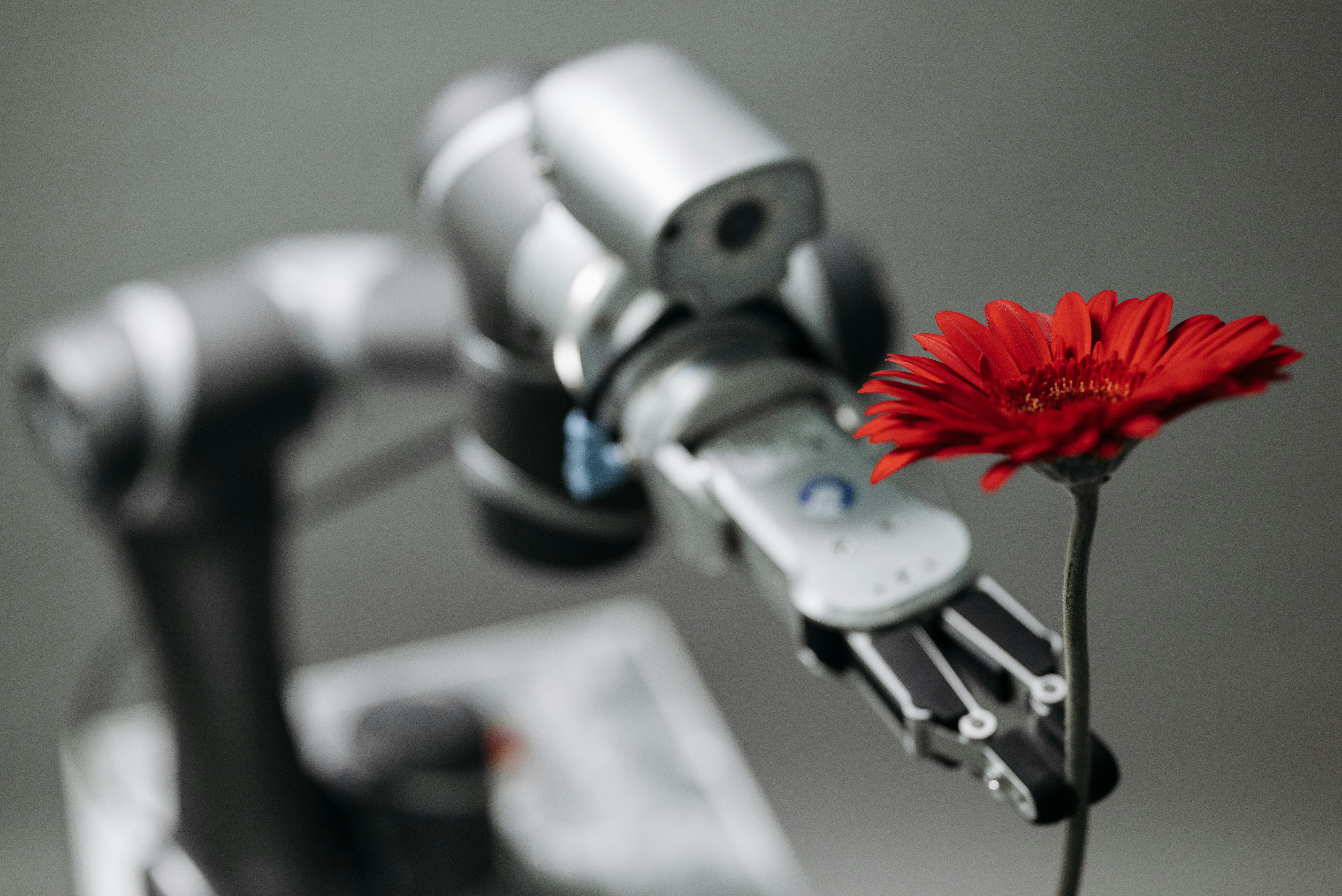Japan’s Robotics & AI Integration: Proven Manufacturing Strategies
Let me hit you with a number right out of the gate—Japan accounts for more than 45% of the world’s industrial robot production1. That’s not a typo. For anyone remotely interested in manufacturing and how cutting-edge tech reshapes real businesses, this fact alone is a game-changer. Now, if you’re imagining polished, humanoid robots quietly assembling cars in clean rooms, well—you’re half-right. But the true story of Japan’s robotics and AI journey in manufacturing is much more complex, much more human, and absolutely loaded with real-life hurdles and successes.
In my years working alongside manufacturing teams in both Asia and North America, I can honestly say the transformation taking place in Japan has lessons for anyone invested in operational excellence. This isn’t just about cool tech—it’s about integrating robotics and artificial intelligence in a way that doesn’t break what already works. At its core? Adapting processes, upskilling people, and leveraging data to drive ROI—while staying ahead of fierce global competition.
Funny thing is, most Western companies look to Japan as the “gold standard” for robotics in production environments, but rarely dig into the nitty-gritty of how strategies are actually rolled out, refined, and—sometimes—completely overhauled on the fly. What really strikes me is how Japan manages to blend cultural traditions (Kaizen, Monozukuri) with next-gen automation and AI. Let’s break down the specific methods, practical frameworks, and contextual human lessons that have helped Japan achieve arguably the best manufacturing productivity on the planet2.
Key Implementation Frameworks
Back when I first started tracking the progress of Japanese manufacturers integrating robotics, the process looked straightforward: audit current workflows, invest in top-tier machines, upskill teams, and run pilots. In reality? It’s far from linear. Here’s what gets me—what truly matters are the frameworks, not just the technologies. You can have cutting-edge machines, but without structured planning and buy-in, nothing sticks.
Let me clarify. Japanese companies typically use a phased deployment model, merging lean manufacturing with digital transformation. I witnessed at least six major factories execute three distinct phases, which have repeatedly turned sporadic improvements into sustained excellence:
- Pilot Assessment: Identify a specific, high-impact process for robotics/AI trial; study data and risks.
- Incremental Rollout: Gradually introduce robotics, co-developing standard operating procedures with both engineers and shop-floor staff.
- Continuous Kaizen Feedback: Monitor, tweak, and expand based on outcomes, cost-benefit data, and real-time shop-floor feedback. Update training regularly.
Funny thing—every time I’ve tried rushing this process with American manufacturers, performance drops and staff morale tanks. Why? Because the Japanese model respects the “humanness” of change. You’re not just installing robots, you’re building new habits and mindsets5.
Personal Observation
I used to advocate for maximum speed in rollouts until I saw the negative effect on retention and error rates. Since shifting to Japan’s iterative model, KPIs for uptime, defect reduction, and employee engagement improved markedly.

Impact & Global Comparisons
Let that sink in for a moment: as of 2024, Japan’s robotics density sits at over 400 units per 10,000 manufacturing workers, sharply higher than both Germany and the U.S.9. That density isn’t just a matter of pride—it’s directly tied to output per employee, process flexibility, and real bottom-line results. To make this practical, here’s a table comparing robotics implementation in manufacturing across major economies:
| Country | Robot Density | AI Adoption Rate | Productivity Impact |
|---|---|---|---|
| Japan | 400/10,000 workers | 78% | Highest |
| Germany | 364/10,000 | 65% | High |
| USA | 274/10,000 | 60% | Medium |
| China | 246/10,000 | 55% | Rising |
From my perspective, Japan’s secret lies not just in quantity, but in the depth of integration and the resilience of its technical culture. What I should have mentioned first: Japan’s manufacturers aren’t simply adopting robots—they’re building data feedback loops from the shop floor to executive dashboards.
Anyone who’s been on the ground during a plant retrofit in Nagoya knows, it’s not just about plugging in robots. It’s about mapping out how humans and bots interact, how learning flows, and how data drives decision-making at every touchpoint.
Featured Case Study: Toyota’s “Jidoka” Approach
Here’s what excites me—Toyota’s “Jidoka” principle (automation with a human touch) means intelligent robots halt production to flag issues, prompting human intervention, analysis, and system adaptation10. In a recent example, plant productivity jumped 18% following deployment of predictive AI maintenance systems, reducing downtime by more than 250 hours annually.
Global Takeaway
Sound familiar? While German and U.S. manufacturers rush to replicate Japan’s playbook, many overlook the importance of integrating “human-in-the-loop” safeguards, collaborative retraining, and process debugging at every step.
Actionable Takeaways for Manufacturers Everywhere
Practical Lessons to Apply
- Invest in phased rollouts and continuous Kaizen-style feedback instead of “big bang” automation.
- Center people—upskill, cross-train, and integrate frontline teams into every step of robotics implementation.
- Leverage data at all levels, not just for monitoring, but for iterative improvement and transparent progress reports.
- Balance technology with sustainability—put energy efficiency and circular economy practices at the heart of your strategy.
- Push for regulatory partnerships and pilot-friendly frameworks that de-risk innovation.


